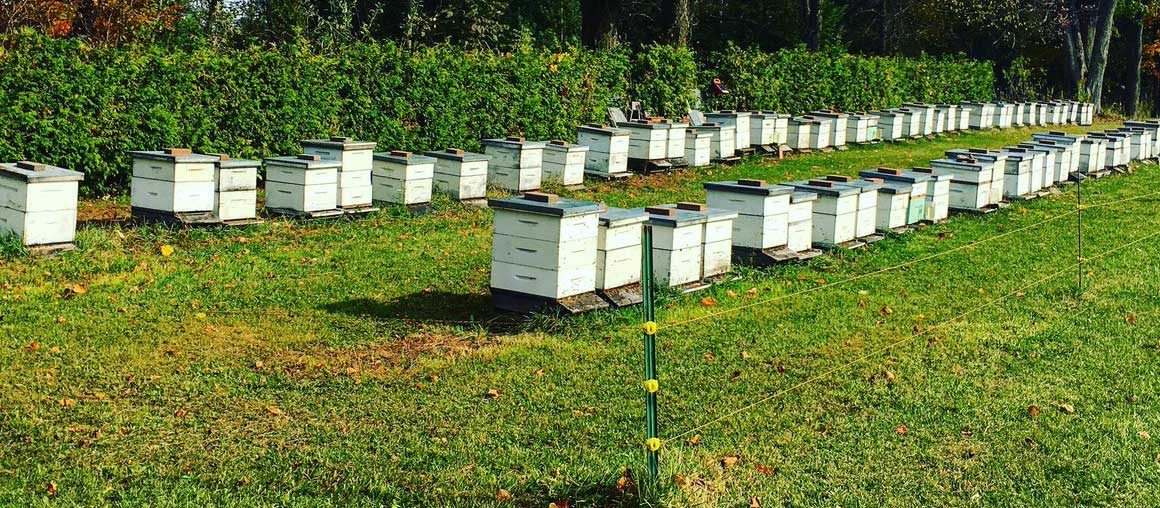Hives
By BeeHoneyShopin Honey
Early Hives
Early beekeeping hives were first found in Egypt as the culture utilized the honey and wax for its flavor and natural preserving ability. Evidence of the early use of hives have also been found in Central American cultures. These early models of hives had fixed, unmovable combs and were made from materials such as sticks, hollow logs, straw, stone, mud, and other earthenwares. Skep hives were one of the first commonly used hives. Constructed from woven wicker or straw, these hives had an appearance similar to that of an inverted basket. Because of the anchored comb, skep hives and other fixed comb hives were difficult to work with as their harvest often required destruction or serious disturbance of the hive. Fixed hive designs also prohibit the easy inspection of the hive, making them less desirable, and even illegal to keep in some regions.

Straw skep hive
Top Bar Hives
Top bar hives are an increasingly popular design. Built horizontally, they serve as a long, shallow chamber with removable roof sections on which combs are formed. Usually rectangular or hexagonal in shape, the design of these hives allows for natural, free forming comb. Slanted sides are often incorporated in the design to discourage comb formation on the sides of the hive, this often causes complications when it comes to removing the combs. The simple design of top bar hives allows for easy construction at a low cost, with a wide variety of viable materials. Frequent maintenance and inspection is required when managing top bar hives. The removable roof sections that hold the comb provide easy access for inspection or harvesting, minimizing physical labor as well as colony disturbance. Honey production can be comparable to that of the Langstroth hive if the proper measures are taken in managing the hive. This hive design is most popular with backyard beekeepers and is not generally used in a commercial setting.

Two top bar hives of varying materials

Top bar removal and attached comb
Langstroth Hives
Invented in the 1950s by Reverend Lorenzo Lorraine Langstroth, this hive was a breakthrough in beekeeping as it allowed for more manipulation of the hive with less disturbance and/or destruction. The design consists of stacked boxes containing vertically oriented frames in which the bees build the comb. This design is the standard and most commonly used hive around the world. A removable top layer and bottom board are included in the design which allow for easy expansion of the hive by simply stacking another segment and replacing the top. Although the Langstroth hive is arguably the highest honey producing design, it has been found that top bar and Warre hives can match production with proper maintenance and care.

Langstroth hive design

Painted Langstroth hive
Warre Hives
Warre hives are the most hands-off approach to hive design. This design combines elements of top bar and Langstroth, often described as a vertically stacked top bar hive.Warre hives are easy to construct and can be made out of many different materials, but are often expensive to buy pre-made. Underneath the roof, there is a segment filled with materials such as wood shavings to provide a layer of insulation to the hive. The removable bar design allow for easy inspection and harvest while the stacking ability provides easy hive expansion or cycling of combs. Unlike the Langstroth hives, when supers are added to this design they are stacked underneath the hive, following the bees natural tendency to build downwards. If managed properly, this hive design is able to maintain itself without much energy being inputted. Some sources even advocate that it only be opened once a year for harvesting. Warre hive designs are ideal for those looking for low-maintenance, more natural methods of keeping bees.

